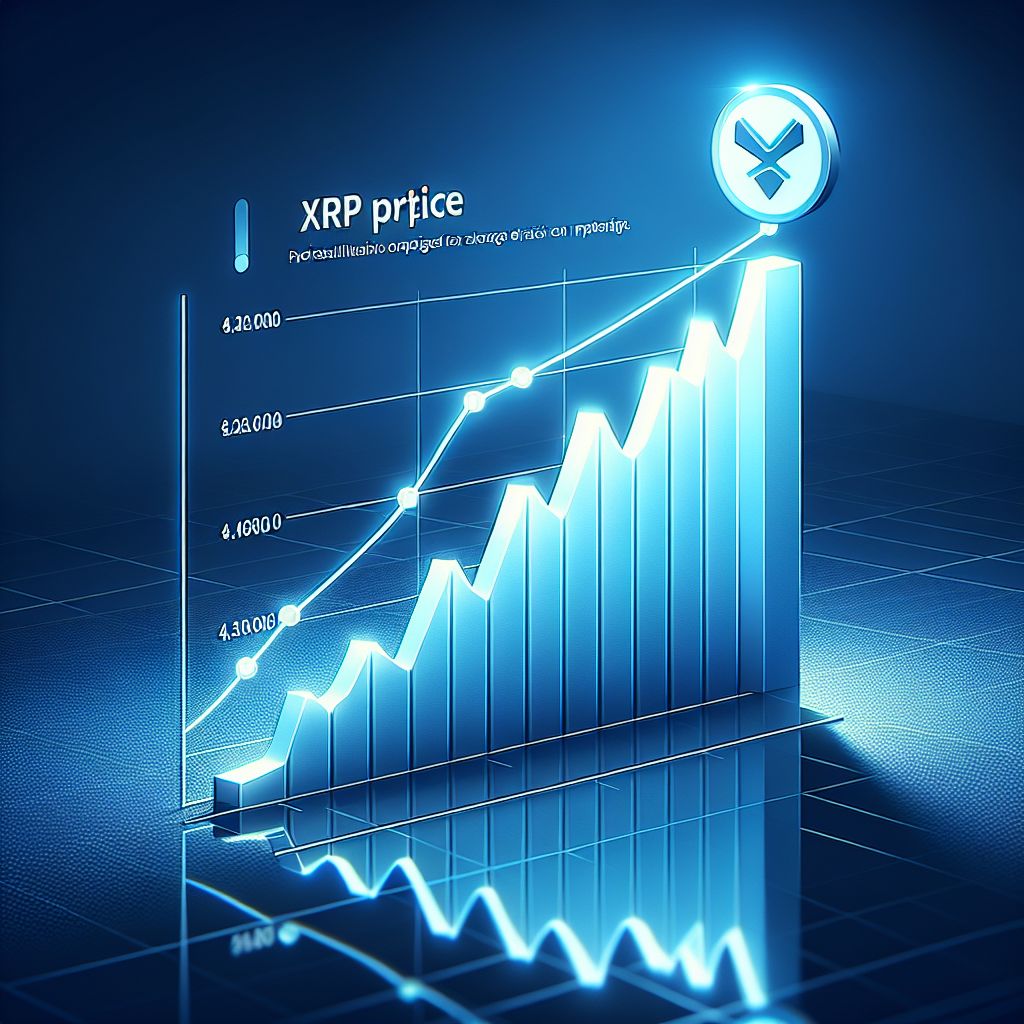As we approach the next decade, the cryptocurrency landscape continues to evolve, with Ripple’s XRP at the forefront of significant discussions and predictions. With a history of legal battles and fluctuating market positions, XRP’s journey has been anything but smooth. However, recent developments suggest a brighter future, potentially leading to substantial growth by 2029.

Ripple’s Legal and Regulatory Landscape
Ripple has recently emerged from a prolonged legal battle with the SEC, which commenced in late 2020 when XRP was accused of being sold as an unregistered security. The resolution of this case in August 2025 marked the end of a significant overhang for Ripple, with the courts fining Ripple $125 million and restricting sales to institutional investors. This resolution has set a clearer path for Ripple’s operations, particularly in how XRP can be marketed and sold.
Additionally, the current U.S. administration has shown favorable attitudes towards cryptocurrencies. This is evident from legislative actions such as the passing of the GENIUS Act, which provides a regulatory framework for stablecoins and repeals restrictions on banks holding digital assets. These developments are likely to enhance the institutional adoption of blockchain technologies like Ripple.
Institutional Adoption and Market Accessibility
Despite Ripple’s inability to sell XRP directly to institutions due to legal restrictions, the secondary market remains vibrant. The anticipated launch of several XRP-based ETFs, following SEC approvals, is expected to further boost institutional interest. This move parallels the introduction of XRP futures by the CME Group, which has already seen substantial trading volumes, indicating strong market demand.
Technological Innovations and Real-World Applications
Ripple’s technology suite, particularly RippleNet, is designed to revolutionize international money transfers, traditionally dominated by the SWIFT network. RippleNet offers a blockchain-based solution that significantly reduces transaction times and costs. This system uses XRP as a bridge currency in its On-Demand Liquidity service, enhancing efficiency in currency conversion processes.
Several leading financial institutions, including Santander and American Express, have begun integrating RippleNet, which could lead to increased XRP demand as transaction volumes grow. Beyond RippleNet, XRP is also being utilized in novel ways such as in the tokenization of real-world assets and in decentralized finance (DeFi) applications on the XRP Ledger.
Future Outlook and Price Predictions
Looking towards 2029, the convergence of favorable regulations, technological advancements, and broadening institutional adoption sets a promising stage for XRP. Analysts speculate that these factors could propel XRP’s price beyond the $10 mark during the peak of the next cryptocurrency market cycle. However, such predictions hinge on continued adoption by both financial entities and individual investors.
While the potential for significant price increases exists, investors are advised to consider the inherent risks and volatility in the cryptocurrency markets. The landscape is rapidly changing, and while Ripple appears to be on a path to recovery and growth, market dynamics are unpredictable.
In conclusion, Ripple’s XRP stands out not just as a digital currency but as a part of a broader ecosystem aimed at improving global financial transactions. With its recent legal hurdles behind it and an environment increasingly supportive of digital currencies, XRP may well be a worthwhile consideration for investors looking towards the future of finance.
Disclaimer: This post is a compilation of publicly available information. MEXC does not verify or guarantee the accuracy of third-party content. Readers should conduct their own research before making any investment or participation decisions.
Join MEXC and Get up to $10,000 Bonus!
Sign Up


